Rowan University climate scientist Dr. Andra Garner last year documented in the journal Scientific Reports that Atlantic Hurricanes, like the current storm Beryl, have developed faster and with greater strength over the past 50 years.
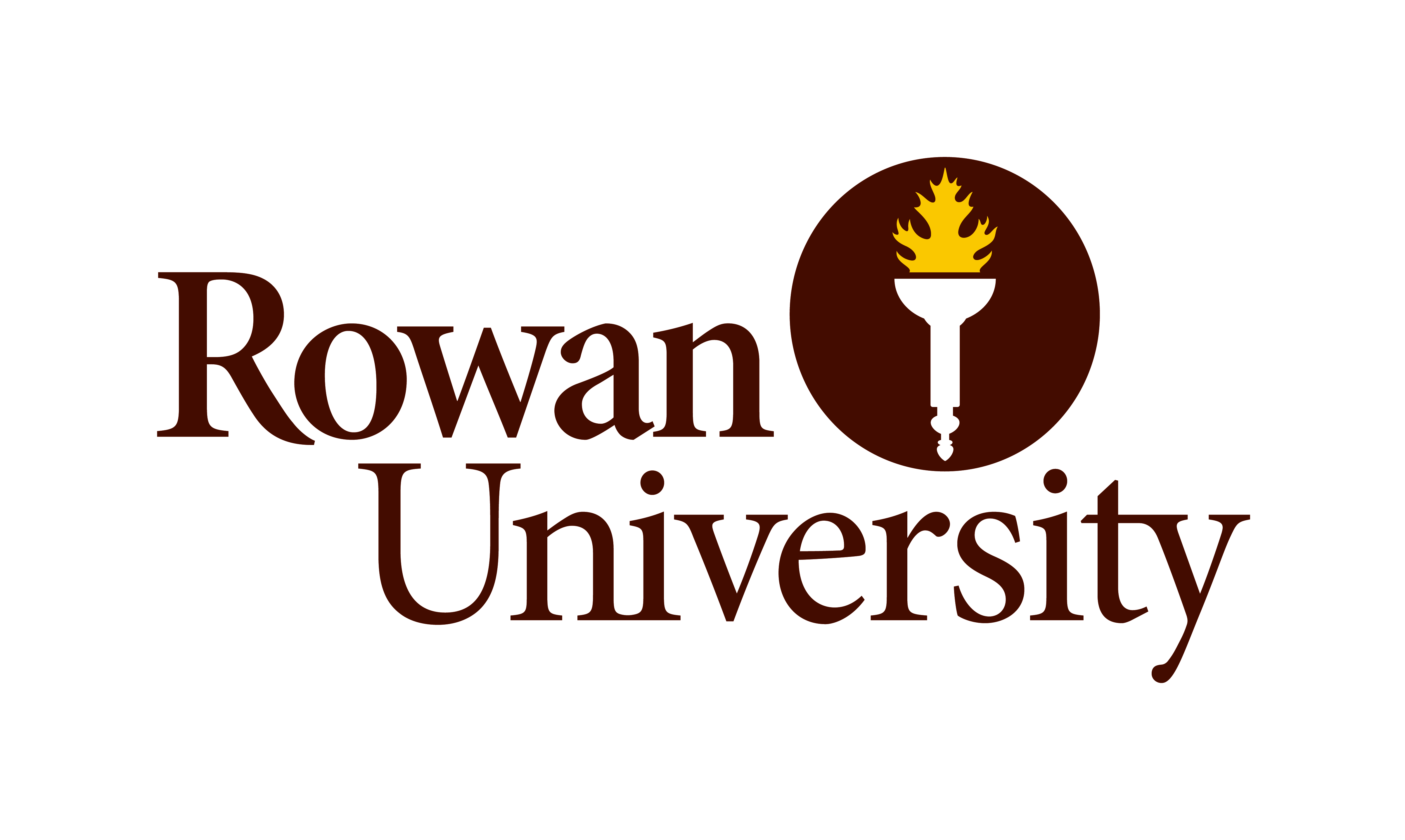
news, journals and articles from all over the world.

Rowan University climate scientist Dr. Andra Garner last year documented in the journal Scientific Reports that Atlantic Hurricanes, like the current storm Beryl, have developed faster and with greater strength over the past 50 years.
A pivotal study decrypts the global interplay of particulate matter (PM2.5) and ozone (O3) pollutants, highlighting an urgent call for integrated strategies to curb their detrimental impacts on human health and the environment. This research unveils the spatial and temporal dynamics of compound pollution, offering a blueprint for a coordinated global response.
UAlbany Professor Mathias Vuille is launching two research projects focused on past, present and future climate change in South America.
The National Center for Disaster Medicine and Public Health (NCDMPH), a component of the Uniformed Services University of the Health Sciences (USU), has selected the University of Hawaii (UH) to create and operate an independent registry of individuals who were exposed to, or at risk of exposure to, the Red Hill fuel release in November 2021.
The International Association for Great Lakes Research today announced its new board of directors and has named Donna Kashian, Ph.D., professor of biological sciences and director of environmental sciences in the College of Liberal Arts and Sciences at Wayne State University, as president. Kashian previously served as vice president of the board.
Dr. Bora Seo’s research team from the Hydrogen and Fuel Cell Research Center at the Korea Institute of Science and Technology (KIST), led by Director Yoon Seok-jin, has developed a durability evaluation technique for green hydrogen production devices with step durations as short as one second, utilizing actual solar irradiance data.
Scientists from the Center for Aerosol Measurement Science (CAMS) at the U.S. Department of Energy’s (DOE) Brookhaven National Laboratory hosted the center’s first calibration activities on Nov. 30 and Dec. 1.
Pharmaceutical waste and contaminants present a growing global concern, particularly in the context of drinking water and food safety. Addressing this critical issue, a new study by researchers at Bar-Ilan University’s Department of Chemistry and Institute of Nanotechnology and Advanced Materials has resulted in the development of a highly sensitive plasmonic-based detector, specifically targeting the detection of harmful piperidine residue in water.
In a study published in the journal Environmental Science & Technology, WashU researchers discovered that a common mineral called goethite — an iron-rich mineral that is abundant in soils that cover the Earth — tends to incorporate trace metals into its structure over time, binding the metals in such a way that it locks them out of circulation.
Researchers in ACS Central Science report a proof-of-concept device that “sniffs” seawater, trapping dissolved compounds for analyses. The team showed that the system could easily concentrate molecules that are present in underwater caves and holds promise for drug discovery in fragile ecosystems, including coral reefs.
Argonne scientists recognized for use of exascale computing tools to achieve high-fidelity simulations of advanced nuclear reactor systems and high-resolution simulations that reduce uncertainty in climate model predictions.
Smaller, fluorinated compounds are becoming replacements for PFAS, though research suggests these versions could also be harmful. A study in ACS’ Environmental Science & Technology reports that levels of these substances indoor and human samples are similar to or higher than those of legacy PFAS.

Crop modification can be traced to the beginning of agriculture and human civilization. Native Americans, for example, developed corn from a wild grass called teosinte more than 7,000 years ago. Methods to increase crop resiliency and sustainability have evolved, and improved, over time.
To help understand how climate is affecting urban communities, researchers at Argonne examined different types of roofing materials and their impact on near-surface temperature and cooling energy demand through regional modeling in the Chicago area.
The Department of Energy’s Environmental Molecular Sciences Laboratory has awarded research funding to 32 projects in environmental and biological science.
An Urban Integrated Field Laboratory led by Argonne is focusing on creating a diverse next generation workforce and involving students in tackling future urban climate challenges.
The National Science Foundation (NSF) is investing $3 million over the next five years in the Artificial Intelligence (AI) Advancements and Convergence in Computational, Environmental and Social Sciences (AI-ACCESS) program at Washington University in St. Louis.
https://thedaily.case.edu/what-can-we-expect-in-the-wake-of-hurricane-idalia-cwru-faculty-share-their-expertise/?utm_source=sfmc&utm_medium=email&utm_campaign=thedaily_expertinsights Tali Babila, assistant professor in the Department of Earth, Environmental and Planetary Sciences Peter Shulman, the Elizabeth and Raymond Armington Professor and associate professor in the Department of History Thomas King, professor and chair of the Department of Accountancy …
EMSL user Pernilla Wittung-Stafshede discusses how artificial intelligence is helping her understand the process of protein folding within cells.
The Department of Energy’s Environmental Molecular Sciences Laboratory (EMSL) has launched the Data Transformations Integrated Research Platform to help researchers transform their scientific data into more manageable sets of information, improve data accessibility and reproducibility, and facilitate the creation of models and visualization tools that help tell a larger story from the data.
Scientists study the role of pumped storage hydropower in Alaska’s clean energy future.
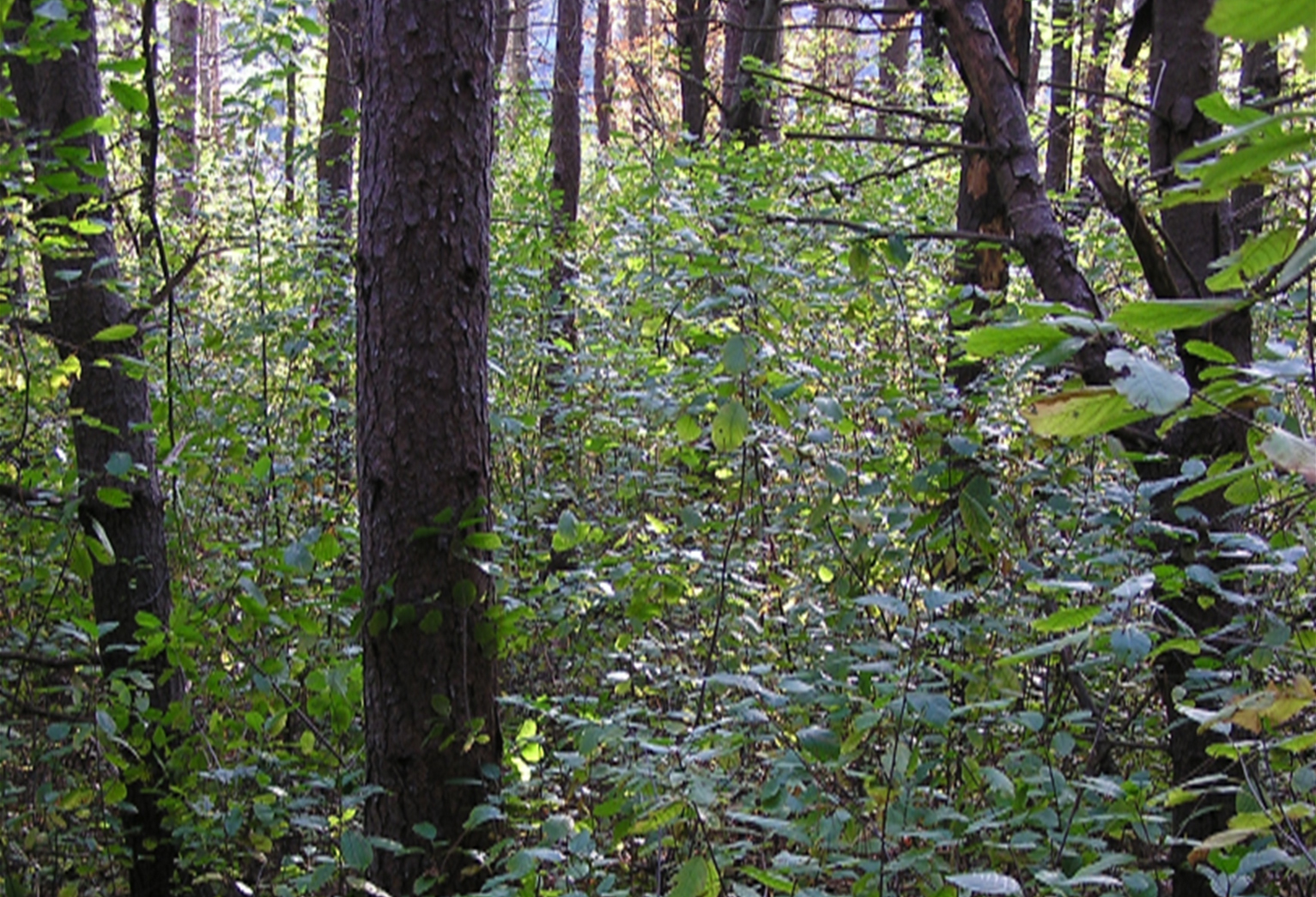
Over half of forests in the United States are privately owned, especially in the Eastern part of the country. A new study from the University of Illinois Urbana-Champaign looks at how family forest landowners in Maine and New Hampshire approach invasive species management and what factors influence their decisions.
Steven Allison, Professor of Ecology and Evolutionary Biology and Earth System Science, is using EMSL capabilities to uncover mysteries from the Earth beneath our feet. Allison explains how his research could help us understand severe events, like wildfire patterns, and how they affect soil microbiomes.
The Environmental Molecular Sciences Laboratory (EMSL) is seeking biological and environmental science project proposals for the Fiscal Year 2024 Exploratory Research Call through 5 p.m. on Thursday, July 6.
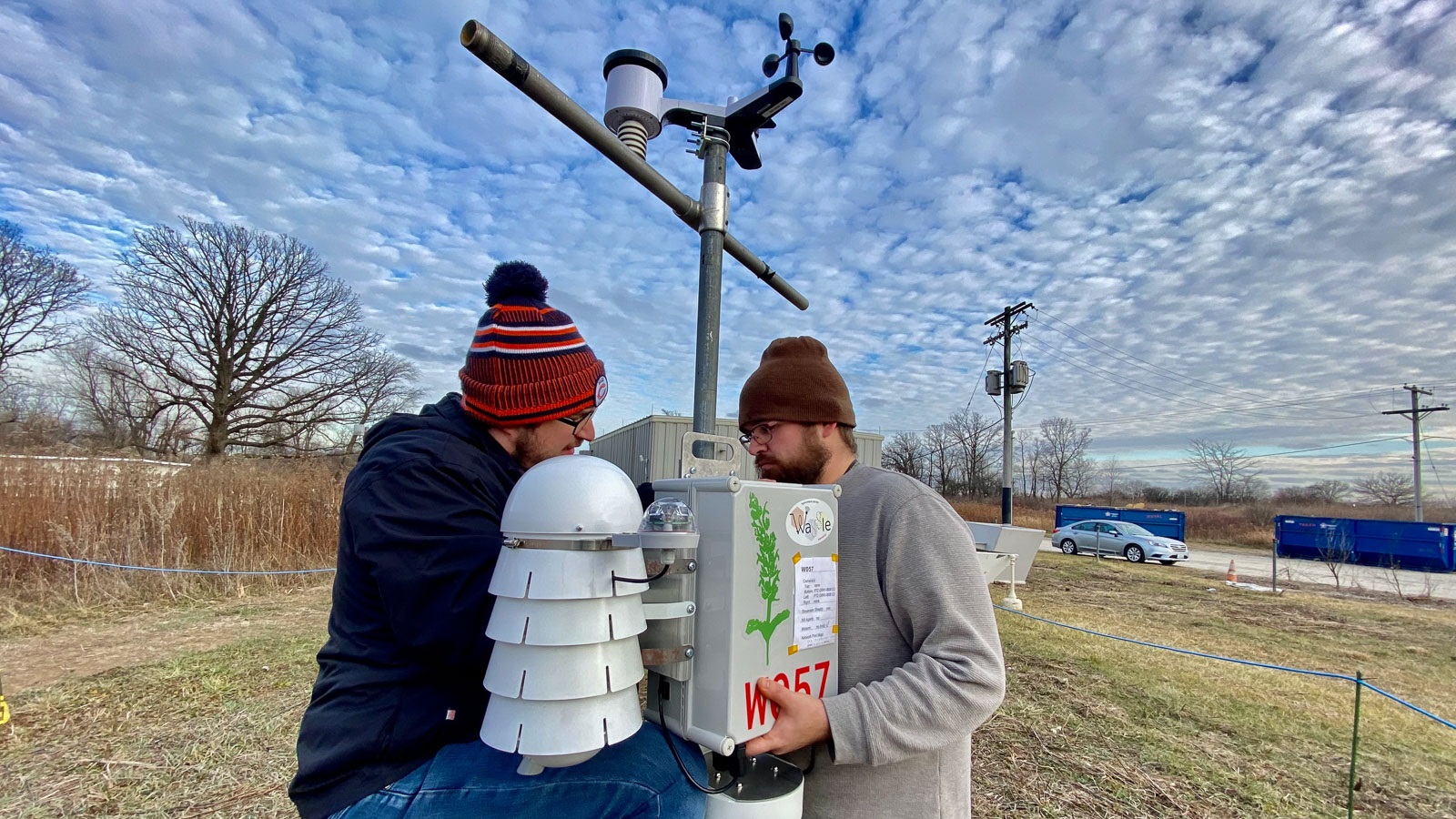
Argonne and Northeastern Illinois University launched instruments to measure Chicago’s changing climate. These sensors are the first for the Argonne-led Urban Integrated Field Laboratory called Community Research on Climate and Urban Science (CROCUS).
Access to safe water, proper sanitation and hygiene are essential for human survival. As the United Nations convenes its first major conference on water quality since 1977, researchers at the University of Rhode Island are seeking better ways to provide potable water and stop pollution from contaminating water supplies.
Whitewater rafting down a river, trekking through the jungle, spotting wildlife in its natural habitat. While field studies courses offer students these kinds of adventurous experiences, they also give students a taste of life working in the field and hands-on learning that ensures they are job-ready for a career in research.
Nine postdoctoral appointees were recognized with Postdoctoral Performance Awards.
Shifting climates are causing utility companies to take a closer look at the current and future power needs of their customers. Northern Illinois’ ComEd and Argonne National Laboratory used science to glimpse the future.
The December 2022 issue features 10 articles on the latest research in toxicology.
Scientists from Argonne will study the soil around ground-mounted solar panels and develop a national soil database to better understand ecosystem impacts at renewable energy sites.
Christopher Craft will cover wetland restoration during ASA, CSSA, SSSA International Annual Meeting
New research from two DePaul University alumnae delves into the environmental impact of popular children’s toys. The experience working on the research helped both graduates launch careers in sustainability.
UC San Diego researchers report significant decrease in national cases of Kawasaki disease during COVID-19 pandemic; findings hint at origins of disease.
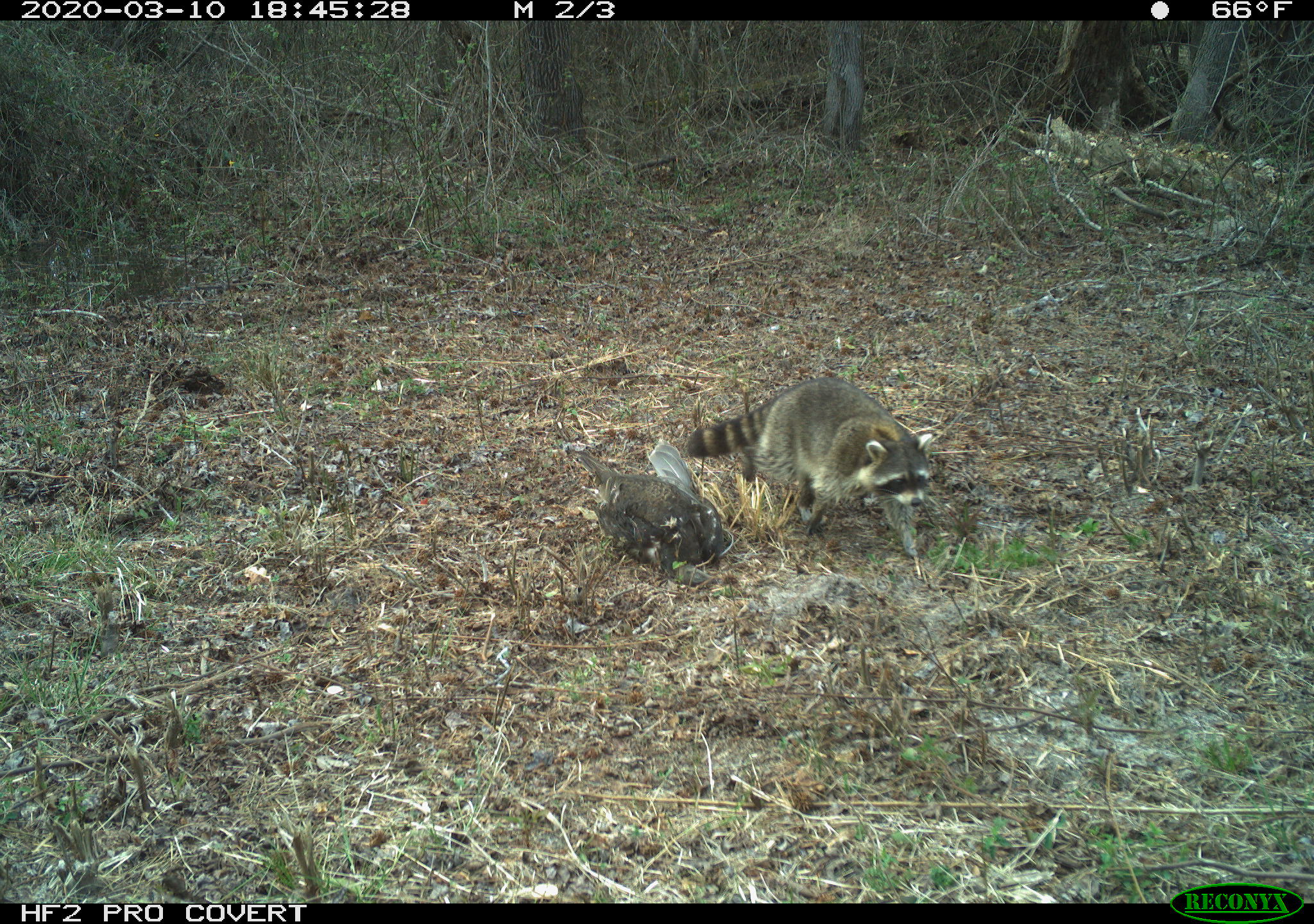
A recent study conducted by researchers at the University of Georgia found that when presented with a smorgasbord of options, vertebrate scavengers were selective about what or whom they ate—providing insight into how nutrients can cycle through food webs.
Researchers reporting in ACS’ Environmental Science & Technology show that some children’s products advertised as water- or stain-resistant contain potentially harmful per- and polyfluoroalkyl substances (PFAS), even items labeled “green” or “nontoxic.”
Stan Wullschleger, associate laboratory director for biological and environmental systems science at the Department of Energy’s Oak Ridge National Laboratory, is the recipient of the 2022 Commitment to Human Diversity in Ecology Award from the Ecological Society of America, or ESA.
A team of University of Georgia researchers has created a model to help land developers and public officials identify the land that is best suited for conservation. Led by Fabio Jose Benez-Secanho, a former UGA graduate student, and Puneet Dwivedi, associate professor in the Warnell School of Forestry and Natural Resources, this first-of-its-kind algorithm considers a variety of factors not included in other models when calculating the value of land for conservation.
Researchers reporting in ACS’ Environmental Science & Technology have observed that non-biting midge larvae accumulate contemporary pesticides from polluted water and retain the substances into adulthood. As a result, animals that eat the adult flies could consume small amounts of pesticides daily.
In one of nature’s unexpected bounties, a harmless food-grade solvent has been used to extract highly sought rare-earth metals from coal ash, reducing the amount of ash without damaging the environment and at the same time increasing an important national resource.
Nestled at the intersection of eastern Tennessee’s Anderson and Roane Counties, the Oak Ridge National Environmental Research Park is a living laboratory and a major resource for conducting ecological studies.
America Resilient proposed key ways to mitigate the degree of likely human suffering, loss of biodiversity, and disruptions to critical societal systems by building resilience and mitigating the effects of climate change in the United States.
In a decade-long quest, scientists at Berkeley Lab, the University of Hawaii, and Florida International University uncover new clues to the origins of the universe – and land new chemistry for cleaner combustion engines
Through a contribution agreement with USDA-NRCS, the Soil Science Society of America has developed materials to enhance the teaching of soils in both formal and informal classrooms.

Whatever ultimately caused inhabitants to abandon Cahokia, it was not because they cut down too many trees, according to new research from Washington University in St. Louis.
Nine of the hottest years in human history have occurred in the past decade. Without a major shift in this climate trajectory, the future of life on Earth is in question, which poses a new question: Should humans, whose fossil fueled society is driving climate change, use technology to put the brakes on global warming?
Michigan State University community ecologist Phoebe Zarnetske is co-lead of the Climate Intervention Biology Working Group, a team of internationally recognized experts in climate science and ecology that is bringing science to bear on the question and consequences of geoengineering a cooler Earth.
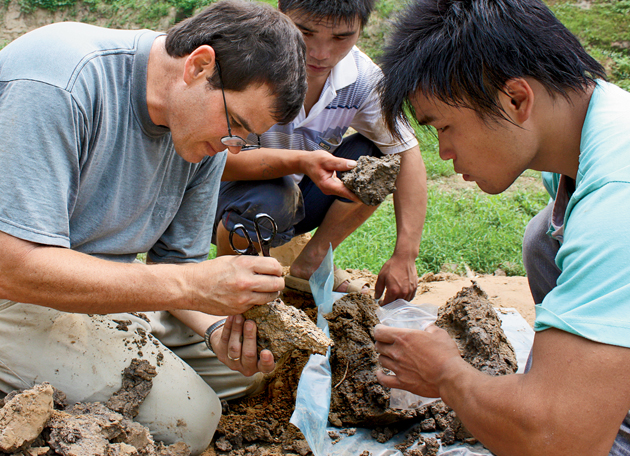
Instead of a collapse amid dry conditions, development of agriculture and increasingly complex human social structures set the stage for a dramatic increase in human population in central plains of China around 3,900 to 3,500 years ago.

Timothy Bertram of the Department of Chemistry and the Department of Atmospheric and Oceanic Sciences at the University of Wisconsin – Madison is studying the role atmospheric chemistry plays in regulating concentrations of air pollutants, greenhouse gases, and aerosol particles.
As society grapples with deep concerns over racial inequities and other social justice issues, members of the Agronomic Science Foundation (ASF) have embarked on a mission to foster change from within.

In a world-first, the extent of human development in oceans has been mapped. An area totalling approximately 30,000 square kilometres – the equivalent of 0.008 percent of the ocean – has been modified by human construction, a study led by Dr Ana Bugnot from the University of Sydney School of Life and Environmental Sciences and the Sydney Institute of Marine Science has found.